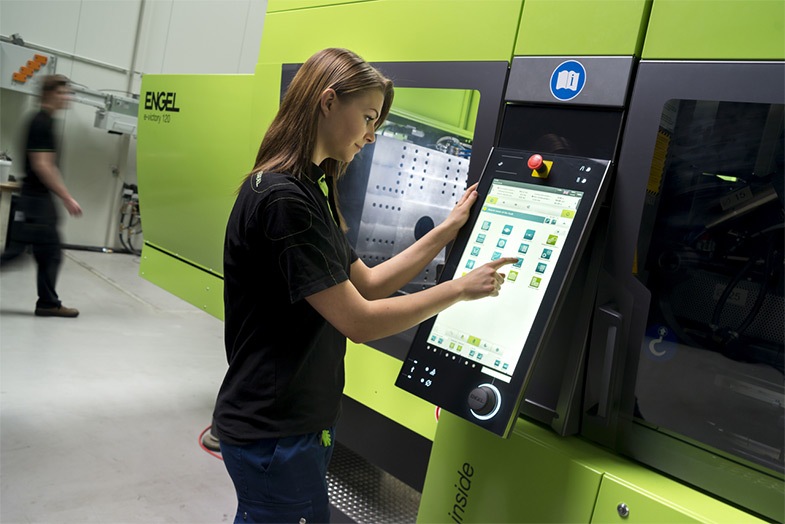INJECTION MOULDING
Injection moulding is a mechanized process used to produce parts by injecting molten material into a mould. The material for the part is fed into a heated barrel, mixed thoroughly with the help of a helical shaped screw, and then injected into the mould cavity, where it cools and hardens to the confines of the cavity.
Using an injection moulding ensures parts are manufactured with utmost precision. This is possible because the pieces have more or less a final finished appearance once they are ejected out of the injection mould.

Today, plastic injection moulding is an environment-friendly process.
Different plastics used for injection moulding are:
- ABS
- Polypropylene
- Polyoxymethylene (POM)
- Polycarbonate
- Polycarbonate / ABS
- PVC
- Nylon
- Nylon 32% Glass Fiber
- Acrylic (PMMA)
- Styrene
- Polyetherimide (PEI)

The whole injection moulding process usually lasts from 2 seconds to 2 minutes. There are four stages in the cycle.
These stages include:
- Clamping
- Injection
- Cooling and
- Ejection
One of the most commonly used materials in injection moulding is ABS: Acrylonitrile Butadiene Styrene. ABS is a thermoplastic material known for its high impact resistance and toughness. ABS has a low melting temperature and is also an inexpensive material.


